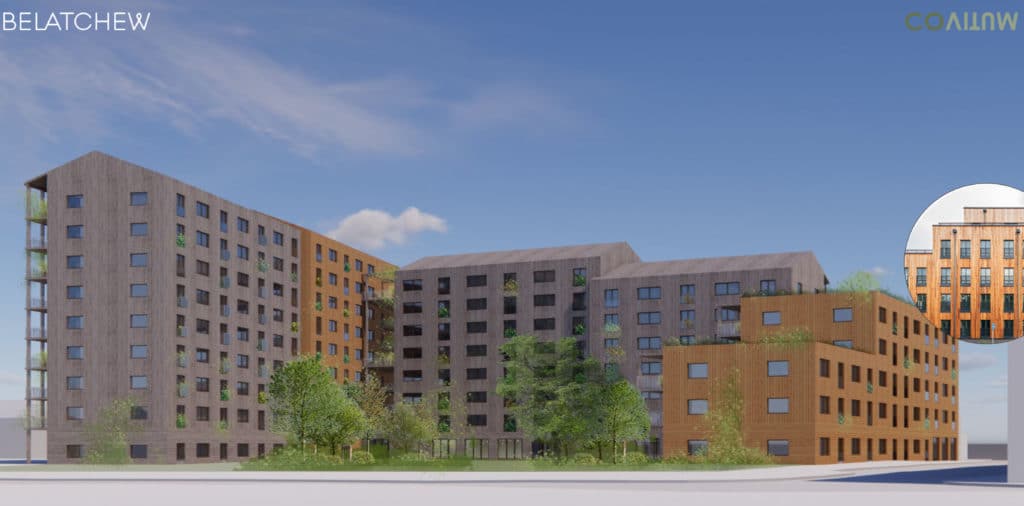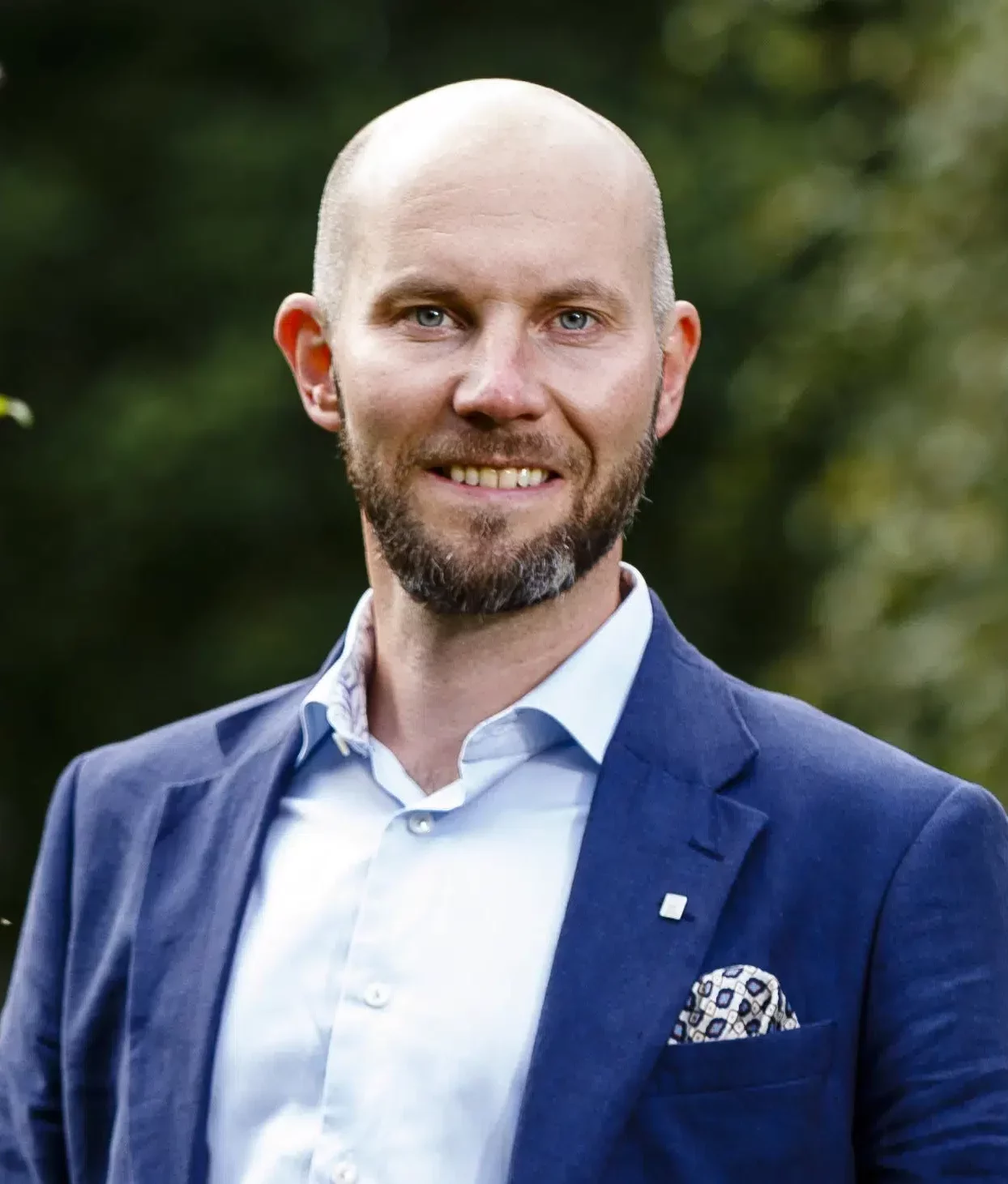The housing company Covitum AB wants to buy and develop one of Boden’s most attractive neighbourhoods. There, they intend to take the concept of sustainable housing to the next level with the help of their very own concept.
There has been speculation about the Narcissen block for some time. What will happen to one of Boden’s most interesting areas? Will it be shops, housing, hotels or something else.
At Monday’s city council meeting, the answer came.
The housing company Covitum AB was then granted a land concession, a form of right of first refusal, for the entire block.
The municipality and the company have been discussing the development potential of the area between Almgatan and Kyrkgatan, opposite Stora Coop, for some time, and Covitum has presented a proposal that stands out. A proposal that they want the people of Boden to feel proud of and that contributes to a unique attractiveness for the social transformation that Boden is facing.
– Covitum’s sustainable initiative and concept is in line with our vision, which we call: the good life. It is a housing project that is unique, not only for Boden but for Sweden. The fact that they choose to use Boden as a showcase for the rest of the country also shows how attractive it is to build here,” says Claes Nordmark, mayor of Boden.
 A sketch of what the neighbourhood of the future might look like. Wooden buildings of various sizes and a lush green setting.
A sketch of what the neighbourhood of the future might look like. Wooden buildings of various sizes and a lush green setting.
According to Covitum, the project vision “A scent of the forest” is a place for social, safe and pleasant recreation for the modern and active person. The ambition is to create space for a sustainable everyday life, where people, technology, mobility and the environment are in symbiosis and where social community is at the centre.
The concept is about sustainable construction, but also about sustainable living.
Unique concept
Among other things, there is an explicit timber construction strategy, whereby buildings are made entirely of wood, wherever possible. This is to maximise the storage of carbon dioxide and exclude energy-intensive materials such as concrete and metals.
– We want to reduce our carbon footprint as much as possible. That’s why it’s important for us to build sustainable and to design our buildings so that we can reduce carbon dioxide emissions even in the long term,” says Ingvor Sundbom, CEO of Covitum.
 Ingvor Sundbom, CEO of Covitum
Ingvor Sundbom, CEO of Covitum
 Claes Nordmark, mayor of Boden
Claes Nordmark, mayor of Boden
But what is perhaps most different is the concept of accommodation. It’s about creating different types of community spaces to increase the flow of people and create spontaneous meeting places.
– You will still have your apartment as usual, but where we differ from the traditional operator is that the residents will also have access to very large common areas, which we believe contributes to increased well-being, less loneliness and thus also to social sustainability.
It’s about creating different types of community spaces to increase the flow of people and create spontaneous meeting places.
– We can’t think of a better place to carry out this initiative than in Boden. It is perhaps one of the most exciting cities in the country, based on everything that happens there. We also believe that our concept is right on target, given that people who may have family and relatives elsewhere will move there,” says Ingvor Sundbom.
Description of the proposal presented to the City Council:
- Inner garden and neighbourhood – characterised by vegetation and lush parkland, where biodiversity is at the centre, together with social community and activities. Everything from butterfly hotels and beautiful drainage measures in the form of planting and permeable paving will enhance people’s well-being and create conditions for potential climate challenges. The biodiversity and vegetation will also be surrounded by functional heated benches, meeting places and lighting, with a focus on creating harmony and opportunities for recovery throughout the year.
- Continuous common spaces – active continuous common spaces and functions in the ground floor areas, creating an increased flow of people and opportunity for spontaneous meetings.
- Wood building strategy – As the forest grows, carbon dioxide is absorbed from the atmosphere and locked into the biomass. Construction is therefore done in wood (frame, varied facades, interior surfaces and furnishings), as far as possible, to maximise CO2 storage and exclude energy-intensive materials such as concrete and metals.
- Innovative terraces – passages between buildings are innovatively developed to provide green and leafy terraces with cultivation.
- Layout – the apartments focus on light and well thought-out sightlines. All apartments will have access to a French balcony with garden box with close connection to social green terraces.
- Roofscape and building bodies – a roofscape with variation in shape and height and a clear division of the building bodies creates a fine variation and legibility of function and scale.
- Biotope roofs – greenery on roofs creates many good technical functions for drainage and habitats for flora and fauna.
- Solar cells – covering part of the buildings’ energy needs